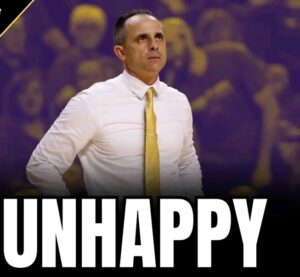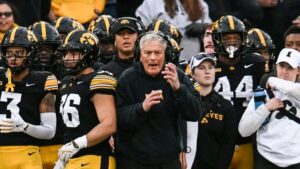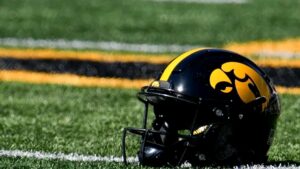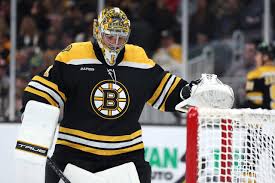
After a tough overtime loss to the New Jersey Devils on April 15, 2025, the Boston Bruins closed a disappointing season with only 76 points — their lowest total in an 82-game season since 2006-07. A combination of inconsistent goaltending, key injuries, coaching issues, questionable signings, and a weak power play led to the team’s decline. But the most significant issue was the lack of internal talent ready to step up when veteran stars began to decline or left. Years of trading away first-round picks and underwhelming draft results left the prospect pool depleted.
While other franchises — like the Capitals, Rangers, and Predators — saw their 2023 first-round picks making immediate NHL impacts, the Bruins had no such luxury, having traded their pick in the Dmitry Orlov and Garnet Hathaway deal. Since 2018, Boston has moved four first-rounders in an effort to win now, but it left the pipeline dry.
Recent college signees Jake Schmaltz and Ty Gallagher, both seventh-round picks, joined the Bruins’ AHL affiliate but did not receive NHL contracts, signaling limited expectations for them.
An unexpected twist came when Jakub Lauko returned to the Bruins after being traded from the Minnesota Wild. He was shocked to find key teammates like Charlie Coyle, Brad Marchand, and Brandon Carlo had been traded. In just two years, Boston went from a record-breaking 65-win season to a roster in flux. GM Don Sweeney went all-in at the 2023 deadline and all-out in 2025, trading away several established players, including Trent Frederic and Justin Brazeau.
The front office hoped Elias Lindholm would help address the void left by retired centers Patrice Bergeron and David Krejci, signing him to a $54.25 million contract. But Lindholm struggled to build chemistry with David Pastrnak, and Boston’s center depth crumbled.
Draft history since 2018 reveals the Bruins have gotten the third-fewest NHL games from their selections, trailing only the Penguins and Lightning. By comparison, the Capitals’ development system has paid off with productive young contributors.
With no standout young players ready to take over — and the likes of Matt Poitras, Fabian Lysell, and Dean Letourneau still developing — Sweeney had no choice but to pivot toward a rebuild and eye a high pick in the 2025 draft.
Veterans like Pavel Zacha admitted the emotional toll of watching longtime teammates leave. Even promising moves — like signing Nikita Zadorov and trading for Mark Kastelic — didn’t pan out. Injuries to star defensemen Charlie McAvoy and Hampus Lindholm further weakened the team, and replacements struggled under the increased load. Zadorov led the league in penalty minutes, and Mason Lohrei ranked among the worst in goals allowed at even strength.
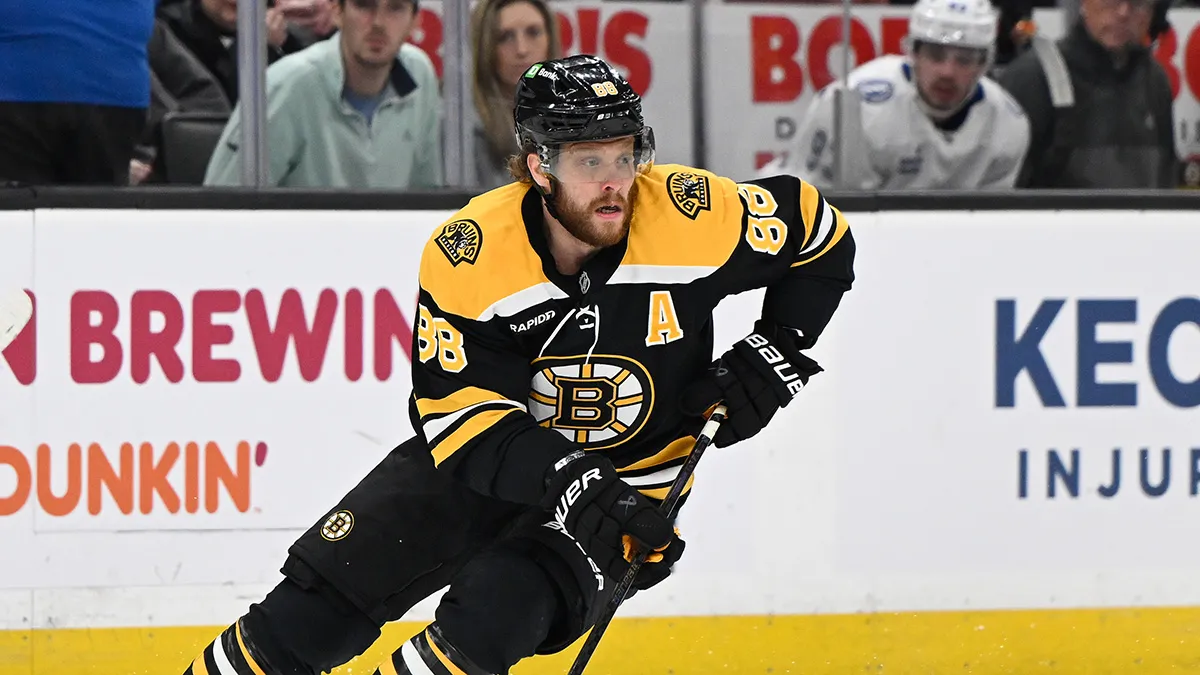
Jeremy Swayman, expected to take the reins in net after Linus Ullmark’s departure, never found his rhythm following contract holdouts. As a result, the Bruins gave up 272 goals on the year.
Looking ahead, the Bruins will lean on core players like Swayman, McAvoy, and Pastrnak. However, they’ll need more support. Whether the next head coach is Joe Sacco, Jay Leach, or someone from the AHL ranks, they’ll inherit a team in need of serious depth, especially up front. Zacha, Lindholm, and Casey Mittelstadt will be part of that middle tier.
Sweeney now has options, including draft capital and nearly $30 million in cap space — though some will go to restricted free agents like Lohrei and Morgan Geekie. Still, the team is cautious about repeating past mistakes of overpaying in free agency and trading picks. As Zacha put it, changes are needed — the question is just how much.
“No one wants to make us worse,” he said.
